Nestled in the northeastern corner of India, the northeastern jewel is one of the country’s smallest yet most culturally rich and geographically stunning states. With its breathtaking landscapes, rich history, and diverse culture, Sikkim has much to offer. Despite its size, this Himalayan state holds a special place in India’s heart. Known as the “Land of the Clouds” and “The Gateway to North East India,” it promises visitors and students a deep dive into history, nature, and culture. In this blog, we will explore the northeastern jewel in detail, making it the one-stop source for everything you need to know about this unique state.
1. Introduction
The northeastern jewel stands as a testament to India’s diversity and natural beauty. Known for its scenic landscapes, it is the least populous state in India and the only one that borders China (Tibet), Nepal, and Bhutan. The state’s majestic snow-capped mountains, lush forests, and vibrant culture make it one of India’s hidden treasures. Sikkim is often referred to as the “Land of the Mystical Monasteries” and “The Gateway to North East India” because of its unique position and cultural blend.
2. Geography & Climate
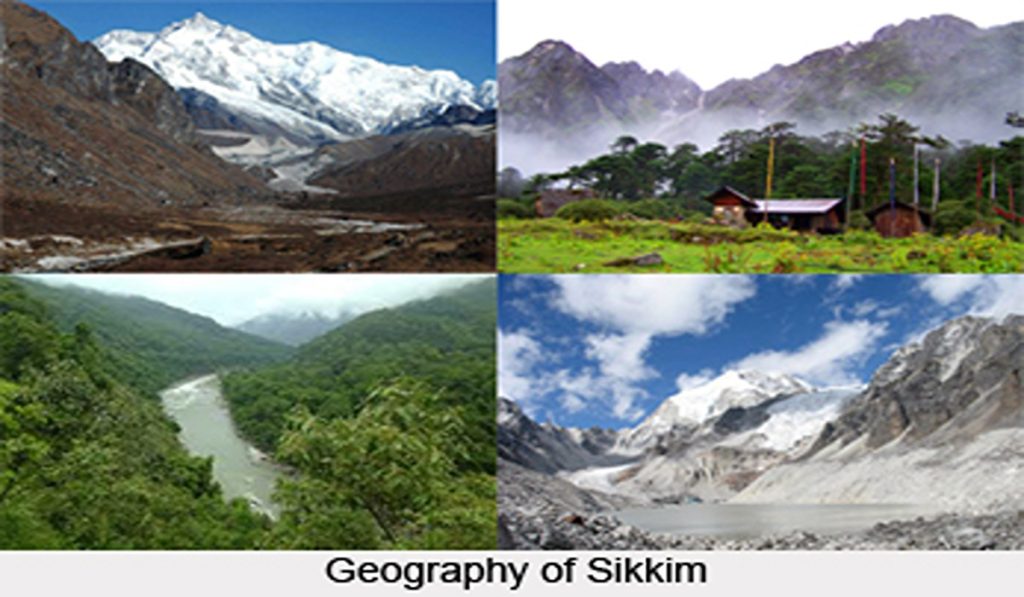
Location & Borders
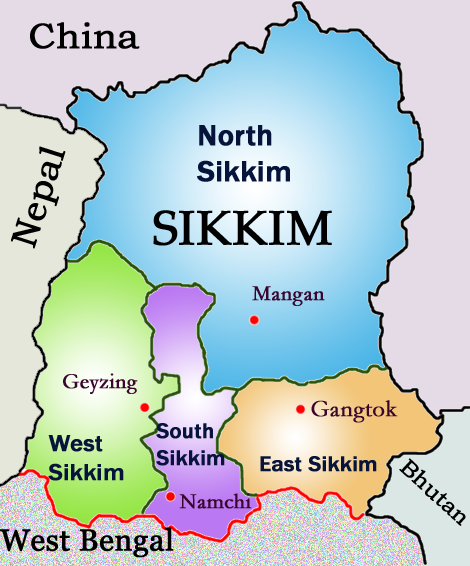
Sikkim shares borders with three countries: China to the north (Tibet), Nepal to the west, and Bhutan to the east. It is bordered by the Indian states of West Bengal to the south. This location places it at a strategic point in the eastern Himalayas, making it a vital gateway for travelers and trade.
Topography
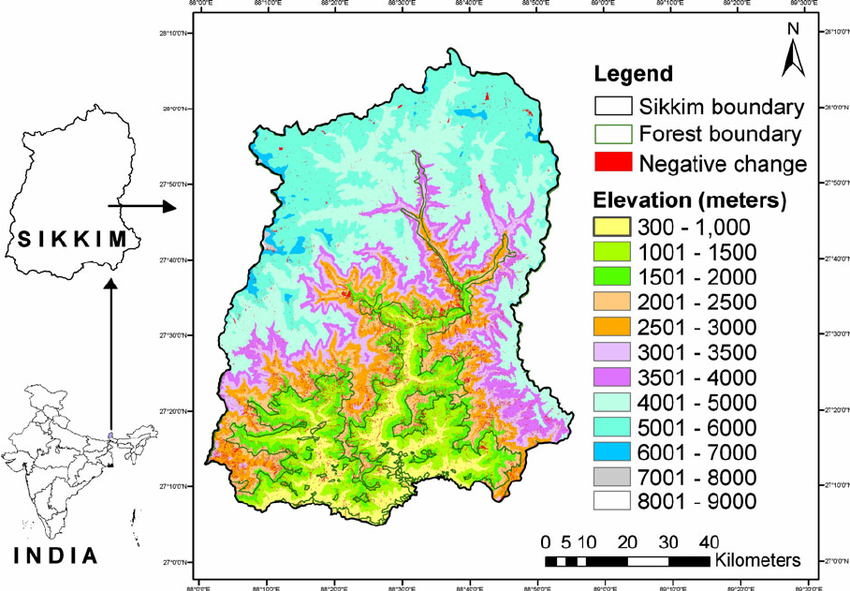
The northeastern jewel terrain is predominantly mountainous. The state lies in the heart of the eastern Himalayas, with the Kanchenjunga range (the third highest peak in the world) dominating its skyline. Sikkim is a paradise for trekkers and nature lovers, offering vast stretches of alpine meadows, rhododendron forests, and numerous rivers and waterfalls.
There are no plains or coastal areas in the northeastern jewel, but its rich forest cover, varied altitudes, and high-altitude lakes make it a unique topographical region. Notably, the Teesta River flows through the state, creating deep valleys that further enhance the picturesque beauty.
Climate
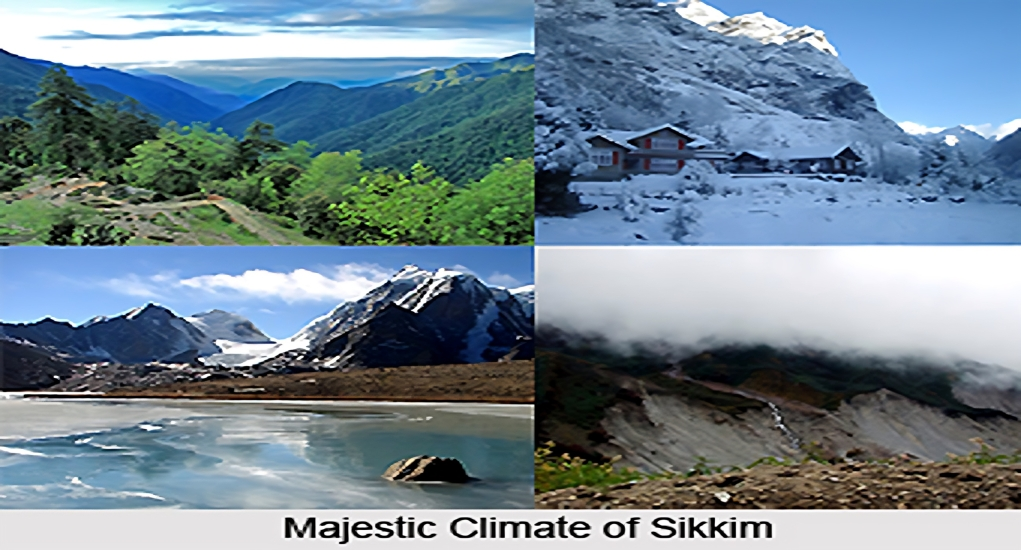
The state experiences a temperate climate. Summer (March to June) is mild, with temperatures ranging between 10°C to 20°C. The monsoon (July to September) brings heavy rainfall, especially in the southern parts. Winters (October to February) are cold, with temperatures often dropping below freezing point, especially in the higher altitudes. The snow-clad mountains, especially Kanchenjunga, make winter a magical time to visit.
3. History & Cultural Heritage
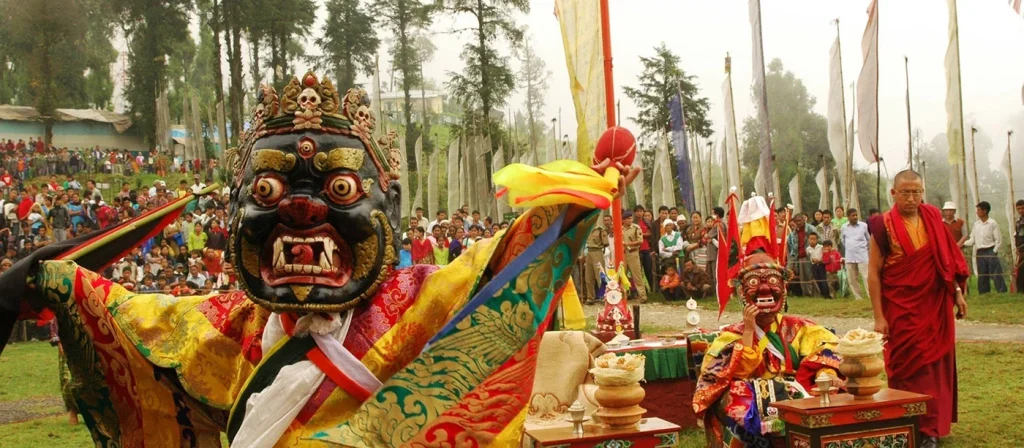
Ancient History
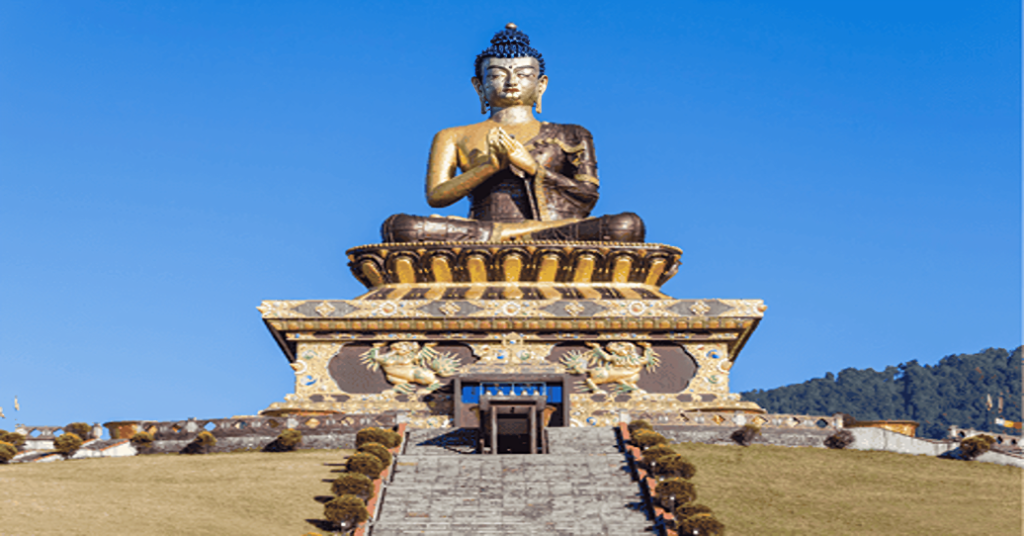
The history of the state dates back to the 16th century when it was ruled by the Chogyal dynasty. This kingdom flourished due to its strategic location, linking India with Tibet and Nepal. Early rulers were Buddhist, and they established the foundations for Sikkim’s unique cultural heritage, blending Tibetan Buddhism with indigenous practices.
Colonial & Post-Independence Era
During British rule, the state was a protectorate of the British Empire and played a strategic role in the British “Great Game” for control over the Himalayas. After India gained independence in 1947, Sikkim was initially an independent kingdom until it joined India in 1975, following a referendum. Since then, it has grown into an integral part of the Indian union.
Cultural Diversity
Sikkim is home to a wide array of ethnic groups, including Lepchas, Bhutias, and Nepalese. Each community contributes to the state’s rich cultural tapestry, with distinct languages, customs, and festivals. The official languages are Nepali, Bhutia, Lepcha, and Hindi, and the primary religion is Vajrayana Buddhism, though Hinduism is also prevalent.
4. Major Cities & Infrastructure
Capital & Important Cities
Gangtok, the capital of Sikkim, is a vibrant hill station that serves as the gateway to the state. Gangtok is known for its monasteries, Tibetan culture, and panoramic views of the Himalayas. Other important towns include Pelling, Namchi, and Mangan, each of which boasts rich natural beauty and cultural significance.
Transport Facilities
Sikkim is connected to the rest of India primarily by road, with National Highway 10 being the key route. The state does not have a railway network but is served by the nearest railway station in New Jalpaiguri, West Bengal, about 120 km away. The state also has an international airport, Pakyong Airport, offering domestic flights. Public transport is limited but accessible.
5. Economy & Industries
Agriculture
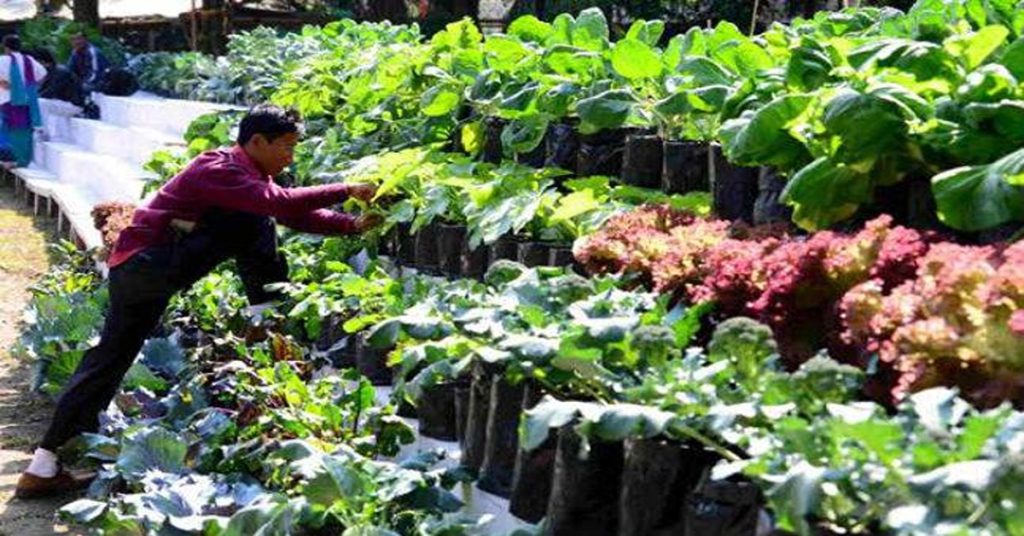
Agriculture plays a central role in Sikkim’s economy, with the state’s fertile land supporting crops like rice, maize, barley, and fruits such as oranges and apples. the state is also famous for its organic farming practices, being the first state in India to adopt 100% organic farming.
Industries & Business Hubs
Sikkim’s economy is largely based on agriculture, tourism, and small-scale industries. The state has been focusing on eco-tourism, organic farming, and small-scale handicrafts. It has also established special economic zones for horticulture and organic products.
Tourism Contribution
Tourism is a significant contributor to Sikkim’s economy, thanks to its natural beauty, adventure activities, and cultural experiences. The state draws thousands of visitors annually for trekking, wildlife safaris, and religious tourism.
6. Tourism & Must-Visit Places
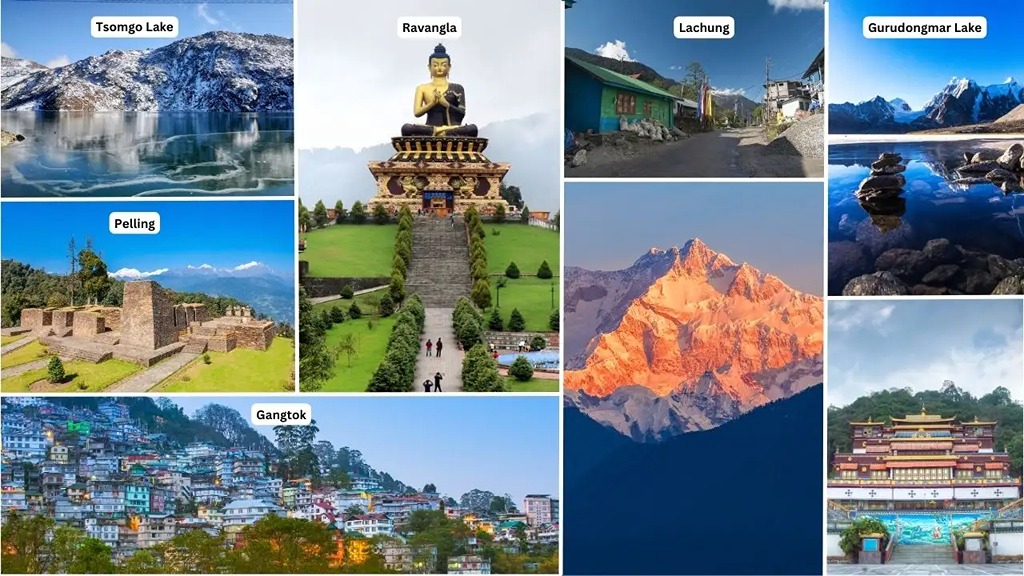
Natural Attractions
Sikkim is famous for its natural beauty, including the Kanchenjunga National Park, a UNESCO World Heritage Site, and Yumthang Valley, often referred to as the “Valley of Flowers.” The state’s many lakes, including Tsomgo Lake and Gurudongmar Lake, are also major tourist draws.
Heritage & Historical Sites
This Himalayan region boasts several monasteries such as Rumtek Monastery and Pemayangtse Monastery, reflecting its Buddhist heritage. Historical landmarks like the Namchi Statue, a massive statue of Lord Shiva, and the ancient Rabdentse Ruins offer glimpses into the state’s rich past.
Modern Attractions
Gangtok’s MG Road is a bustling center with shops, cafes, and cultural activities. The Namchi Rock Garden and the Tashiding Monastery are modern additions to the tourism scene.
Festivals & Cultural Events
The festivals of this Himalayan region are vibrant and tied to its religious traditions. Losar (Tibetan New Year), Bumchu, and the Saga Dawa festival are some of the most important celebrations that showcase the state’s Buddhist influence.
7. Cuisine & Local Delicacies
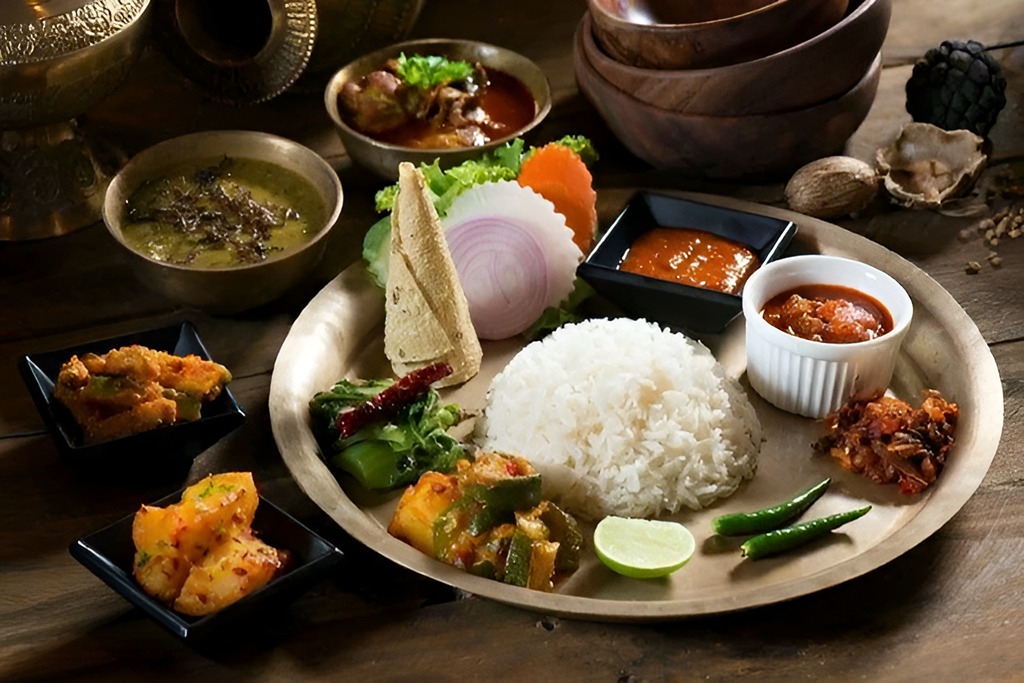
Famous Dishes
Sikkimese cuisine blends Nepali, Tibetan, and Indian influences. Some must-try dishes include:
- Momos: Steamed dumplings filled with meat or vegetables.
- Thukpa: A noodle soup with vegetables and meat.
- Phagshapa: A pork dish cooked with radishes and dried chili.
Street Food & Beverages
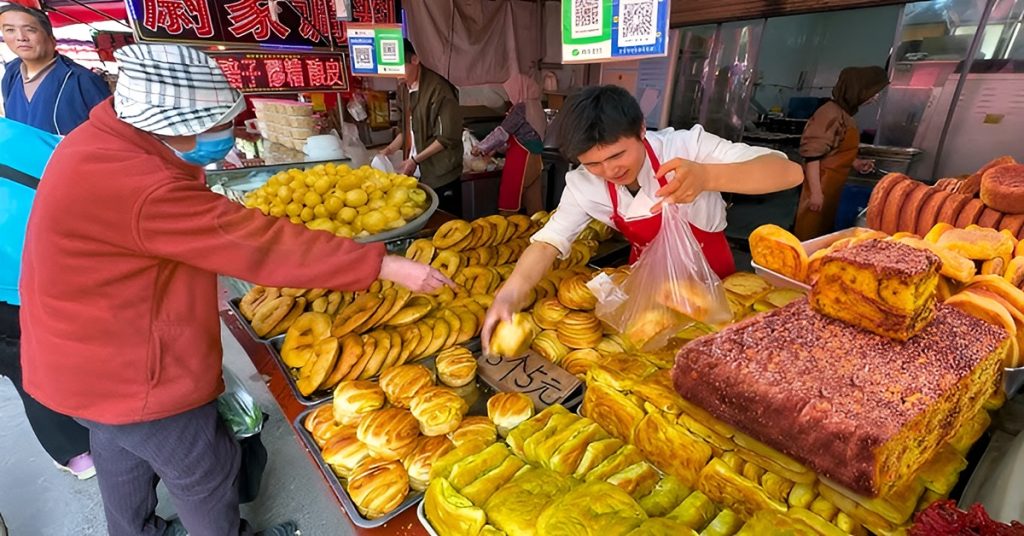
Street food in Sikkim includes a variety of momos, thukpa, and churpi (dried cheese). The local beverage, Chhaang, a traditional millet beer, is a popular alcoholic drink.
8. Education & Research
Top Universities & Institutions
Sikkim is home to several higher education institutions, including Sikkim University, a prominent institution for research and higher learning. The state also boasts institutes like the Indian Institute of Management (IIM) Sikkim, which is a hub for business education.
Educational Achievements
Sikkim has seen a steady rise in literacy rates, with the government focusing on education infrastructure. The state is known for its efforts in promoting education, particularly among women.
9. Government & Administration
Current Governance
Sikkim is a constitutional monarchy turned democracy and currently operates under a parliamentary system. The Chief Minister is the head of the state government, while the Governor represents the Union government. The state has a unicameral legislature.
Administrative Structure
Sikkim is divided into four districts—East, West, North, and South. The state government has made significant strides in improving infrastructure, healthcare, and tourism.
10. Unique Facts & Trivia
- Organic Farming: Sikkim is the first state in India to become 100% organic.
- Kanchenjunga: The state is home to the world’s third-highest peak, Kanchenjunga.
- Sikkimese Butterflies: The state is home to over 200 species of butterflies.
11. Conclusion
Sikkim is not just a state; it’s an experience—an enchanting blend of natural beauty, cultural richness, and historical significance. Whether you’re interested in exploring its mountains, learning about its history, or immersing yourself in its festivals, Sikkim has something for everyone. This small Himalayan state proves that size does not define importance, and it deserves to be explored for its beauty, history, and unique lifestyle. Don’t wait! Plan your visit to this magical land or dive deeper into learning about it.
FAQ’s
Q. What is Sikkim known for?
Sikkim is known for its breathtaking natural beauty, including the majestic Kanchenjunga, rich cultural heritage, Buddhist monasteries, and organic farming practices.
Q. What is the capital of Sikkim?
The capital of Sikkim is Gangtok, a vibrant hill station with stunning views of the Himalayas and rich cultural experiences.
Q. What languages are spoken in Sikkim?
The primary languages spoken in Sikkim are Nepali, Bhutia, Lepcha, and Hindi, with English widely used for communication.
Q. What is the best time to visit Sikkim?
The best time to visit Sikkim is between March and June for pleasant weather and October to December for clear skies and snowfall in higher regions.
Q. Is Sikkim safe for tourists?
Yes, Sikkim is considered very safe for tourists. The state has a low crime rate, and locals are friendly and welcoming.












